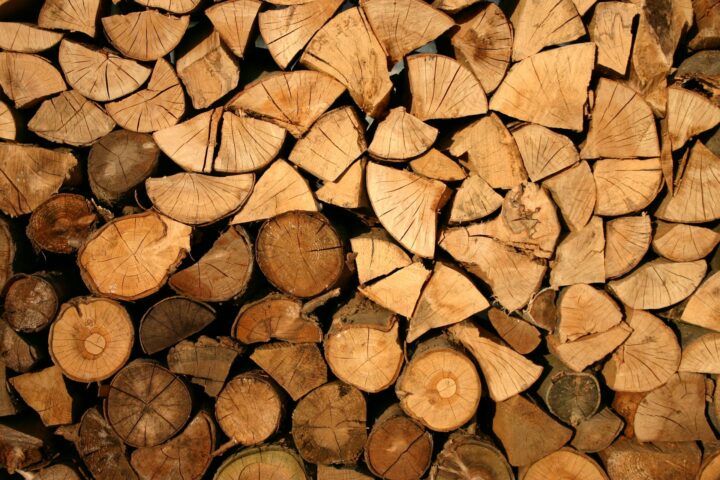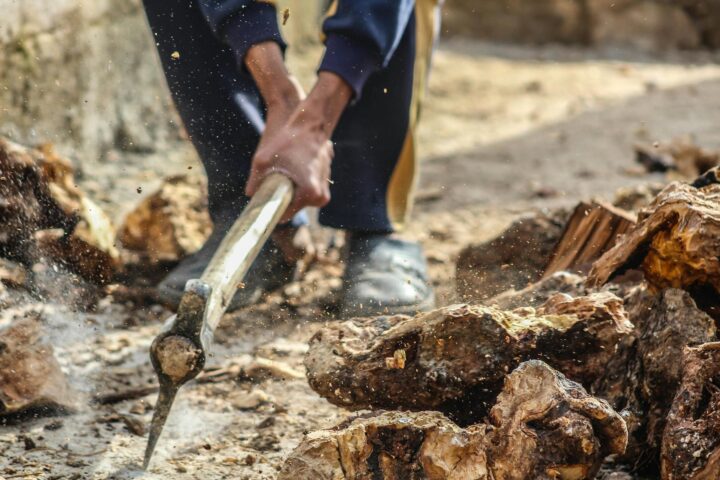-
The Best of Both Worlds: The Dual Benefits of Durability and Affordability in Timber
Among the multitude of building materials available, few offer the dual benefits of durability and affordability quite like timber. Combining the natural strength and long-lasting nature of wood with its cost-effectiveness, timber emerges as an exceptional choice for a wide range of construction projects. In this article, we will explore how the synergy between durability and affordability makes timber a winning option for builders, investors, and the environment.
Lower Initial Costs:
Timber's affordability begins with its relatively lower initial costs compared to materials like steel and concrete. The cost of raw timber is generally lower, and when combined with efficient construction methods and easy handling, it translates into reduced labor expenses. This financial advantage allows builders to allocate resources to other critical aspects of the project without compromising on quality.
Long-Term Savings:
While timber's initial costs may be lower, its durability ensures long-term savings. As a robust and resilient material, timber structures require less maintenance and repair over their lifespan. Reduced maintenance costs translate into significant long-term savings for homeowners and property investors. Additionally, energy-efficient timber buildings offer ongoing cost savings in terms of reduced heating and cooling expenses.
Faster Construction Timeline:
The combination of timber's ease of handling and prefabrication capabilities contributes to faster construction timelines. Shorter construction periods result in savings on labor costs and also allow investors to start generating returns on their investments sooner.
Environmental and Economic Benefits:
Timber's eco-friendly nature aligns with its affordability, making it a responsible choice for environmentally conscious projects. Using sustainable timber promotes responsible forest management practices, ensuring a continuous supply of wood for future generations. Moreover, the reduced energy consumption and carbon sequestration capabilities of timber contribute to a more sustainable and economically viable building solution.
Design Flexibility and Adaptability:
Timber's versatility in design allows for cost-effective and adaptable building solutions. From traditional architectural designs to modern and innovative structures, timber can accommodate a wide range of design requirements. The ability to create efficient, custom-made components and prefabricated elements further optimizes the construction process, reducing waste and associated costs.
Resilience and Safety:
Timber's inherent resilience and safety attributes contribute to its long-lasting durability. A durable structure is less prone to damage, reducing the need for frequent repairs or replacements. This aspect not only saves money in the long run but also ensures the safety and well-being of the occupants.
In conclusion, timber's dual benefits of durability and affordability make it an attractive and advantageous choice for building projects. Combining lower initial costs with long-term savings, timber provides a sustainable and cost-effective solution for builders, investors, and the environment. With its eco-friendly nature, design flexibility, and inherent resilience, timber continues to be a top contender in the quest for durable, affordable, and environmentally responsible building materials.




